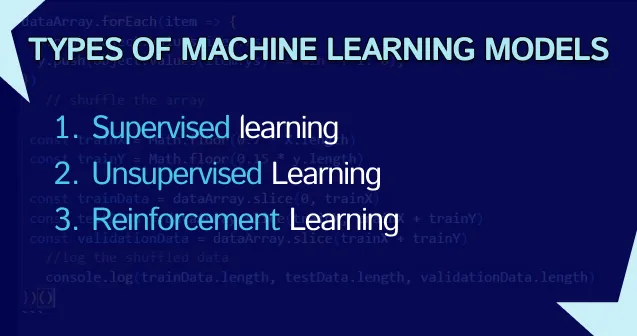
Understanding Tensors in TensorFlow.js
Discover what tensors are in TensorFlow.js, and learn how they differ from traditional data structures like arrays and matrices in the context of machine learning and deep learning.
· tutorials · 3 minutes
What is a Tensor in TensorFlow.js?
In TensorFlow.js, a tensor is the fundamental building block for data representation. A tensor is a multidimensional array that can hold values such as numbers, booleans, or even more complex types. These values are arranged in an N-dimensional space (1D, 2D, 3D, or more), making tensors highly flexible for representing various types of data in machine learning, such as:
- Scalar values (single numbers)
- Vectors (1D arrays)
- Matrices (2D arrays)
- High-dimensional arrays (3D and beyond)
For example, a 3D tensor might represent the pixel values of a color image, where the dimensions correspond to height, width, and the color channels (red, green, blue).
import * as tf from '@tensorflow/tfjs';
// Create a 2D tensor (matrix) with shape [2, 3]const tensor = tf.tensor([[1, 2, 3], [4, 5, 6]]);console.log(tensor.toString());The output will be a 2x3 matrix, similar to a regular JavaScript array, but with additional capabilities that make it useful for machine learning.
Tensors vs Traditional Data Structures
At first glance, tensors might seem similar to traditional data structures like arrays and matrices. However, there are significant differences:
-
Immutability: Unlike JavaScript arrays, tensors are immutable. Once a tensor is created, its contents cannot be modified. Instead, you would need to create a new tensor if you want to alter the data.
-
High-dimensional Data Representation: While arrays can handle 1D and 2D data relatively well, tensors excel at representing higher-dimensional data. For example, you can use tensors to handle 4D arrays for video data (e.g., batch size, frames, height, and width) or even 5D for more complex cases.
const tensor3D = tf.tensor3d([[[1, 2], [3, 4]], [[5, 6], [7, 8]]]);console.log(tensor3D.shape); // Output: [2, 2, 2]- Efficient Computation: Tensors in TensorFlow.js are optimized for mathematical operations. They can be executed on both the CPU and GPU, providing performance benefits for large-scale computations. Arrays, on the other hand, lack this optimization in JavaScript, and their mathematical operations must be manually handled.
Differences Between Tensors and Arrays
| Feature | Tensor | Array |
|---|---|---|
| Immutability | Yes | No |
| N-Dimensional | Yes (1D to N-Dimensional) | 1D or 2D (sometimes 3D in libraries) |
| Performance | Optimized for CPU/GPU | CPU only |
| Usage in ML | Core data structure in ML/DL | General-purpose data structure |
Tensor Operations in TensorFlow.js
Tensors come with a suite of operations that make it easy to perform complex mathematical computations, such as matrix multiplication, reshaping, and element-wise operations. For example, you can add two tensors with the same shape as easily as adding two numbers:
const tensor1 = tf.tensor([[1, 2, 3]]);const tensor2 = tf.tensor([[4, 5, 6]]);const sumTensor = tensor1.add(tensor2);console.log(sumTensor.toString()); // Output: [[5, 7, 9]]Example: Reshaping a Tensor
TensorFlow.js also provides functions for reshaping tensors, which can be useful when converting between different data formats (e.g., converting a 1D vector to a 2D matrix).
const flatTensor = tf.tensor([1, 2, 3, 4, 5, 6]);const reshapedTensor = flatTensor.reshape([2, 3]);console.log(reshapedTensor.toString()); // Output: [[1, 2, 3], [4, 5, 6]]Conclusion
Tensors in TensorFlow.js are a powerful abstraction for handling multidimensional data and performing efficient mathematical operations. Unlike traditional arrays, tensors are immutable, optimized for performance, and essential in machine learning and deep learning workflows. By leveraging tensors, developers can build and train models that process complex data structures more efficiently.
More posts
-

Understanding Activation Functions in TensorFlow
Learn about activation functions in TensorFlow, their role in neural networks, and why they are crucial for enabling non-linear decision-making capabilities.
-

Constant Tensor vs Variable Tensor in TensorFlow.js
Understand the difference between constant and variable tensors in TensorFlow.js, and how to use each effectively. Simple explanation with examples.
-

Types of Machine Learning Models: Explained with Examples
Explore the three main types of machine learning models—supervised, unsupervised, and reinforcement learning—with clear explanations and practical examples in TensorFlow.js.
